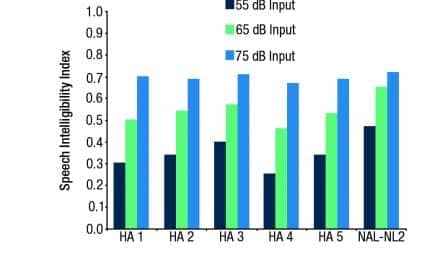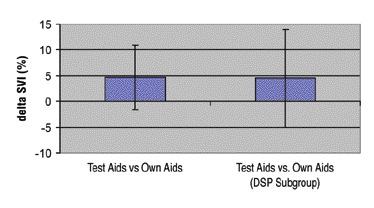Advanced Bionics (AB) has received approval in the United States for its new HiFocus™ Mid-Scala electrode. Earlier this year, AB announced TÜV and Health Canada approved the new electrode in Europe and Canada.
The HiFocus Mid-Scala is designed to help protect the delicate structures of the cochlea. Studies have shown that patients may retain some of their hearing when cochlea structures are undamaged during electrode insertion.1,2

Developed through extensive research and using the latest manufacturing processes, the HiFocus Mid-Scala electrode has been designed for optimal Mid-Scala placement in the cochlea to protect its delicate structures. It’s also fully upgradeable for next-generation sound processing, allowing recipients to have improved hearing in the future as new technology is introduced.
“We developed a unique design that offers the lowest insertion forces of any of our electrodes and no contact with the delicate structures of the cochlea,” said Hansjuerg Emch, group vice president of Sonova’s medical division, the parent company of AB. “This patented design also ensures the ideal placement in the cochlea in order to hear the most pitches possible. More pitches mean recipients using our technology have the opportunity to hear speech much better and enjoy music more than ever before.”
AB says that the HiFocus Mid-Scala array is currently the industry’s smallest pre-curved array, and that it is the only pre-curved electrode developed for the latest soft surgery approaches, including round window insertion, to suit surgeon preferences and individual recipient needs.
“AB understands the importance of accommodating recipient anatomies and surgical techniques,” said Mark Downing, director of product management and surgical support. “This is the market’s only electrode designed for freehand or insertion-tool technique and can be implanted using a round window or cochleostomy approach. No other electrode offers this level of flexibility.”
SOURCE: Advanced Bionics
1. Carlson ML, Driscoll CL, Gifford RH, et al. Implications of minimizing trauma during conventional cochlear implantation. Otol Neurotol. 2011;32(6):962-8.
2. Fraysse B, Macías AR, Sterkers O, et al. Residual hearing conservation and electroacoustic stimulation with the nucleus 24 contour advance cochlear implant. Otol Neurotol. 2006;27(5):624-33.




